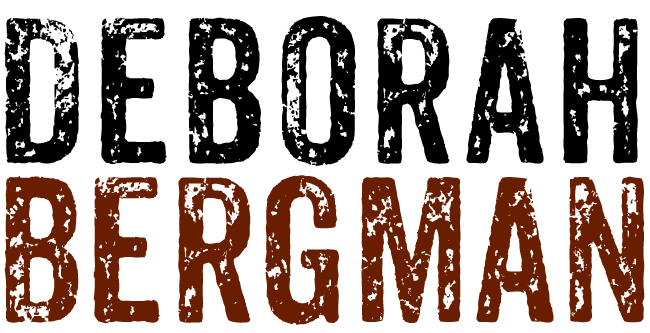Seems like just yesterday when the ideal creative petrie dish was a room of one's own and two hundred pounds a year. But as we ride the supersonic jumble of this moment into the next, even the most potent creator amounts to just another drop in the great and sacred flow of humanity finding ourselves defining and redefining the nature of identity itself.
Ninety-nine times out of one hundred, there is no longer one single, hermetically sealed safe room, inner or outer, where we can find our own voice, or see our own vision. We discover ourselves not in whether but how and where we choose to meet large forces: the digital onslaught, the tyranny of innovation, and the great sentient shadow of surveillance. To name a few. The aria arises from, and is even sourced by, the very static it has to overcome to hear itself singing. The monastery has to post texting guidelines.
For encounters with forces this large, religion used to be where the artistry and the explanation lay. But the quality of encounter we used to delegate to the sacred has gone 360. It has broken through its container. We could meet the new transcendence every day and anywhere. And we do.
New ways of being mean new ways of seeing--through the eyes of each see-er, and also in where we find art and what we find in it.
Not too long ago, I had to give up finishing a large, demanding, precious and unfinished body of creative work because the person who had started it, with my help, and chosen me to continue it died and things changed. The best choice I had was to let go in that form. Which doesn't mean it was easy.
This is, perhaps, the prime force that lead me to this series of abstracts, captured in the Columbia River Gorge at one of many installations engineered there, over centuries, to harvest and redirect its rich and dangerous natural resources.
These images of the tension between positive and negative space, the still and the changing, the sharp and the smooth, the natural and the industrial, are all the product of my particulars: a small woman, hunting a huge industrial structure built by a collective of men and government during an earlier era of great change with nothing but a DSLR. Unexpectedly, quietly, and just because.
For me, they are the latest chapter in a long story of the small daring to meet the large. Which is really the small daring to meet the large in itself.
When I show them I find that they are broadly and share-ably autobiographical.
Within lie body parts, faces, stories of intimacy, the love for the intimate angles of a loved one, warriors, history, minor natural miracles, and a kind of two dimensional sculpture. The way curves and lines are contained within strict square framing (which was just what worked) provides a 360º, mandala-style container. Squares say: everything is inside. Just open the box with the key of your eyes.
I tend to shoot organically and decant influences retrospectively. Here, find Brancusi, for his uncompromising nature and ruthless subtraction and abstraction. Margaret Bourke-White for the elegance and daring she brought to her monochromes of WPA-era industry and dams. And Mary Shelley, for that obstinately romantic and badassed teenaged encounter with towering men and a looming industrial age that, unaccountably, gave birth to Frankenstein. That may have been the highlight of her creative life, but it was plenty. Behind her, she left a wide and beckoning trail.
The images in this series are named for ten of the fixed stars in our sky, in honor of the piece of work I had to leave behind. At least in that way.
